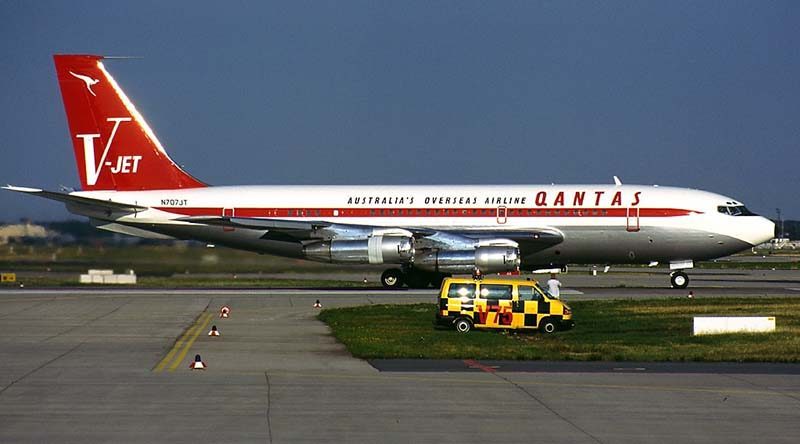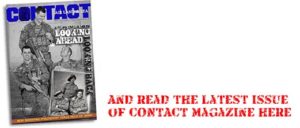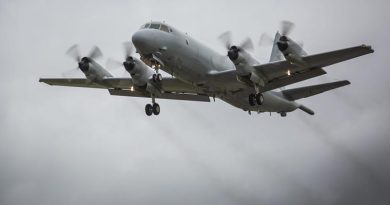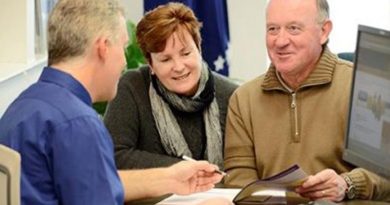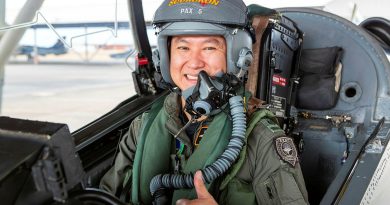Travolta/QANTAS 707 donated to HARS

Movie megastar John Travolta today announced that he will donate his private, QANTAS liveried Boeing 707 to the Historical Aircraft Restoration Society – HARS – at Albion Park, NSW.
CAPTION: John Travolta’s Boeing 707, photographed in Frankfurt, Germany – has been donated to the Historical Aircraft Restoration Society at Albion Park, NSW, Australia. Photo by Konstantin von Wedelstaedt.
HARS is situated about 140km south of Sydney, 17 km south of Wollongong and 10km north of CONTACT’s head office – though we don’t think Mr Travolta knew he would one day soon be landing so close by. Hopefully he’ll pop in to say G’day!
Jokes aside, Mr Travolta said today in a press release that it gave him great pleasure to make this exciting, historical announcement.
“As many of you will know, flying is a passion of mine and I am just so grateful to be fortunate enough to count many hours flying such a beautiful aircraft,” he said.
“The aircraft was originally delivered to Qantas Airways in 1964 and was converted for private use after it finished its life with ‘The Flying Kangaroo’.
“I was honoured to have the 707 repainted in the original Qantas colours when I became the ambassador for the airline, and it’s so fitting that many of the volunteers at HARS are retired Qantas employees.
“The aircraft currently requires a lot of work to be restored to a safe flying state and having seen first hand the dedication and passion of people at HARS, I have no doubt this beautiful and historical aircraft will be flying again.”
The aircraft, currently registered N707JT is a former QANTAS Boeing 707-138B registered in QANTAS service as VH-EBM and named ‘City of Launceston’.
It was built for QANTAS in Seattle by Boeing in 1964 and delivered to Sydney on 12 September that year.
Of interest to CONTACT readers, QANTAS flew about 300 B707 round-trip flights Sydney-Saigon-Sydney during the Vietnam War, from 1965 to 1972, ferrying fresh troops over and excited troops home – though we have no evidence that VH-EBM flew the route (and would be delighted to receive some, via comments or email editor@militarycontact.com)
VH-EBM ‘City of Launceston’ flew its first commercial flight from Sydney to Tokyo on 2 October 1964 and flew its last commercial flight for QANTAS from London to Sydney on 1 April 1968 with 11,995 flight hours to its record.
It had several owners, several periods in storage and several new liveries before John Travolta bought it in May 1998.
HARS president Bob De La Hunty told local newspaper The Illawarra Mercury that the aviation museum would send its engineering team to the United States to help prepare the plane for the historic flight.
“The aeroplane’s in pretty good shape – it flew last in December – but aeroplanes do need maintenance,” Mr De La Hunty said.
“We have to send our engineering team over there, work out the timing and see what needs to be done to get it back in the air.”
Mr De La Hunty also said they would have to work around Mr Travolta’s filming schedule because he has expressed his desire to be on the ferry flight to Albion Park when the aircraft is delivered to its new home.
The Boeing 707 will join former Qantas 747-400 VH-OJA ‘City of Canberra’, which was delivered to Albion Park with much fanfare in 2015.
Mr Travolta said HARS had an impressive track record of restoring historical aircraft and I had flown ‘Connie’, the museums iconic Super Constellation, which they restored to flying condition from almost nothing.
“In making this announcement, I would like to mention the significant support given by the Bendigo Bank Oak Flats and Shellharbour Community Bank Branches who, as a local organisation, have been very supportive of HARS’ efforts in aircraft restoration.
“Thanks must also go to QBE Insurance (Australia) Limited Services for their significant support as well.”
Mr Travolta said he was truly excited by this project and was so pleased that this beautiful aircraft, for which he obviously had very fond memories, will continue to fly well into the future.
“I am hoping to be part of the crew to fly the aircraft to Australia – supported by well-qualified and experienced pilots and engineers.”
.
.
.
.
.
.
.

.
.

